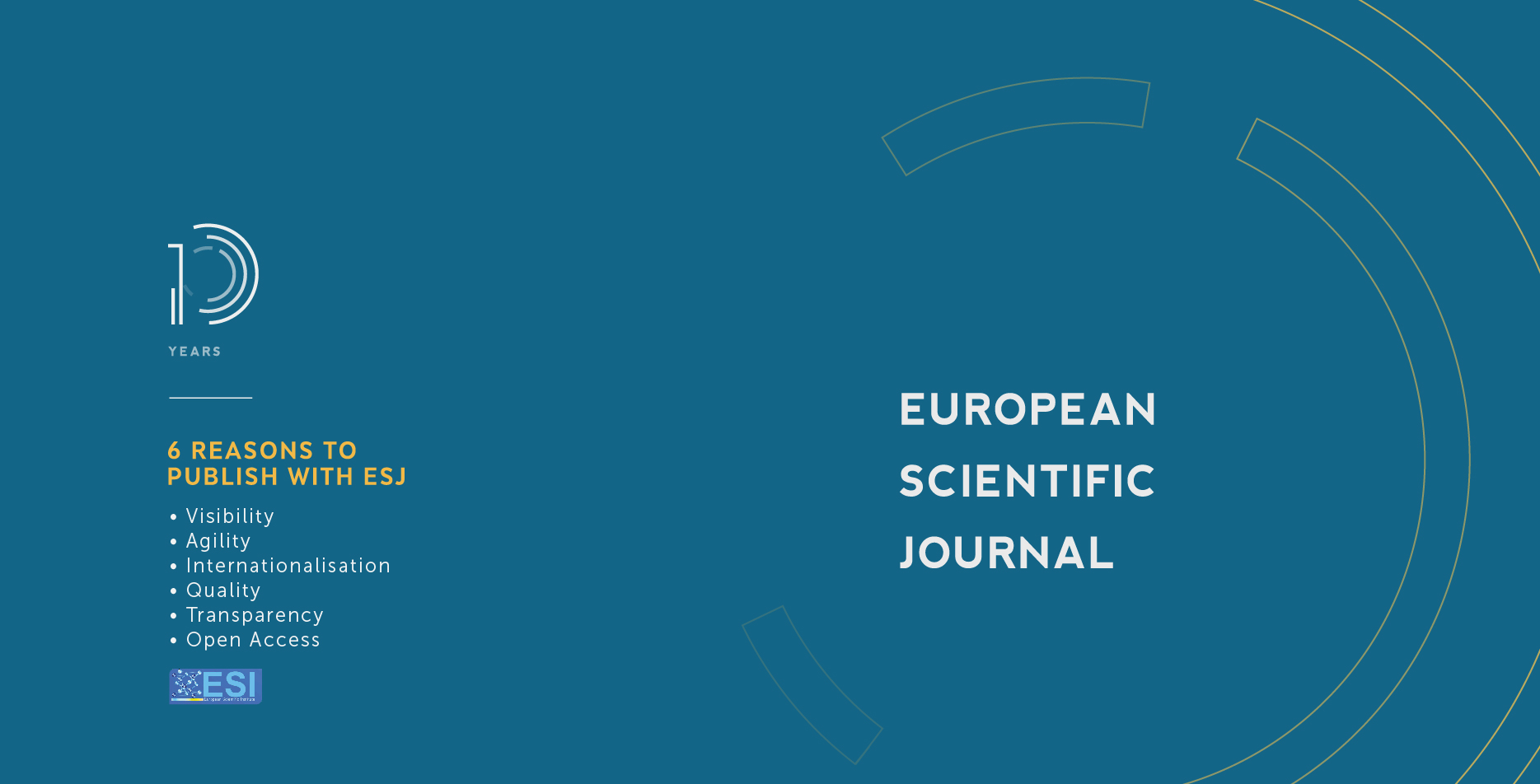Investigation Of Fiber Length Change In Different Stages Of Ring Spinning Process
Abstract
Fiber length is one of the major fiber properties that influence yarn strength, evenness, product handle, product luster, and yarn hairiness. To assure yarn quality, fiber passes through a number of machinery during the spinning process, where it is subjected to various sorts of action that modifies the fiber length. As different process parameters are chosen based on fiber length, fiber length analysis throughout the spinning process will benefit in the adjustment of machine parameters to produce better quality yarn. This study will reveal the chronological change in average fiber length at different stages of the carded ring spinning process, as well as a correlation analysis of length change among different phases, using correlation and regression methods. For five distinct mixing samples, raw cotton, card mat, carded sliver, breaker drawn sliver, finisher drawn sliver, roving, and yarn (pneumafil) were examined at each stage from raw cotton to ring frame. Then, using USTER AFIS PRO, all of the samples were numerically evaluated and statistically analyzed using Microsoft Excel 2016. A positive correlation between fiber length changes at several phases was observed in the experiment, with average fiber length increasing in carding, breaker drawing, finisher drawing, and simplex but decreasing in card mat and ring.
Downloads
Metrics
PlumX Statistics
Copyright (c) 2021 Rubel Khan, Mamunur Rashid, Sharif Ahmed, Ehsanur Rashid, Raihan Ul Haque

This work is licensed under a Creative Commons Attribution-NonCommercial-NoDerivatives 4.0 International License.








